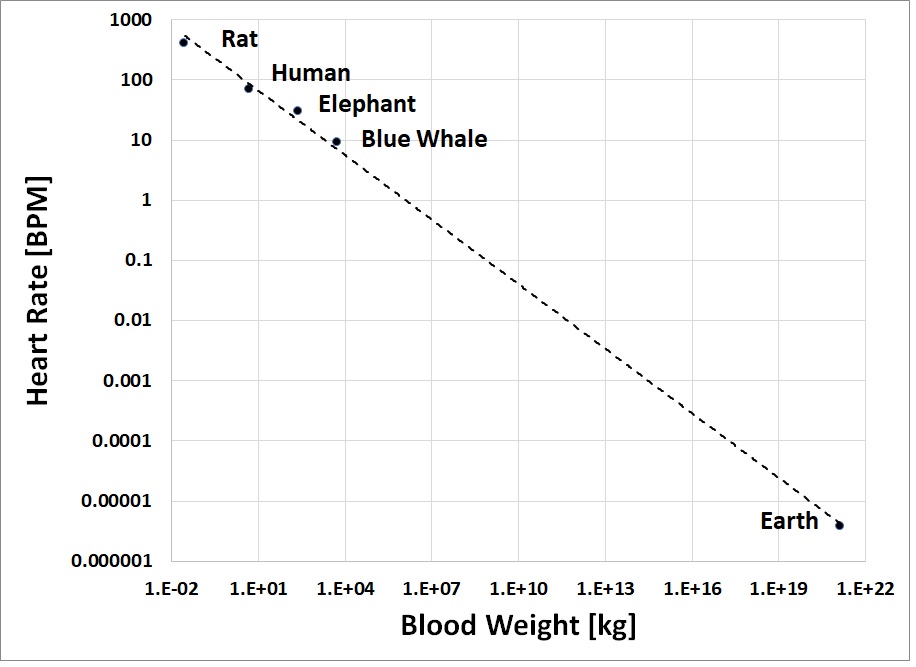
Earth has two beating hearts, of sorts, beating not at a rate per minute, but rather beating at a steady, consistent, life-giving 2 beats per year. Where are these terrestrial hearts located? The polar regions (read here and here). Without Earth’s hearts life on this planet would be very different. Earth’s hearts pump life-giving oxygen, nutrients, and energy to the remotest parts of our world.
Earth’s hearts pump when each year the floating sea ice expands and contracts by millions of square kilometers. Ice sheets expand by salt water freezing during the cold months of the year. When this happens, salt is squeezed from the freezing water, creating a dense brine, which falls to the ocean floor. As it falls it displaces water, pushing it forward to help drive the ocean circulation. The cycle is repeated when the ice melts later in the year and then refreezes again, repeating the cycle.
A curious thought. Is there any relationship to the beating rate of Earth’s hearts and to the rate at which our own hearts beat? An absurd thought? Maybe not.
One of the smallest creatures on Earth is a rat, weighing in at less than 1 kg. One of the largest is the blue whale, weighing in at more than 100 tons! Typically, the weight of blood for such creatures is anywhere from 5 to 10% of the body weight. The weight of the Earth is about 6x1021 tons. Considering the weight of the oceans as Earth’s blood, the weight of Earth’s blood is only about 0.02% the weight of the Earth. Using the mass of blood rather than body weight, a plot of the heart rate vs blood weight suggests that a consistent relationship exists between heart rate and the weight of blood circulated, all the way from a creature as small as a rat to a planet as large as the Earth.
Why is ice important? Not just because it controls sea level, but because it keeps our planet alive.

Posted by Evan on Wednesday, 8 November, 2023
 |
The Skeptical Science website by Skeptical Science is licensed under a Creative Commons Attribution 3.0 Unported License. |